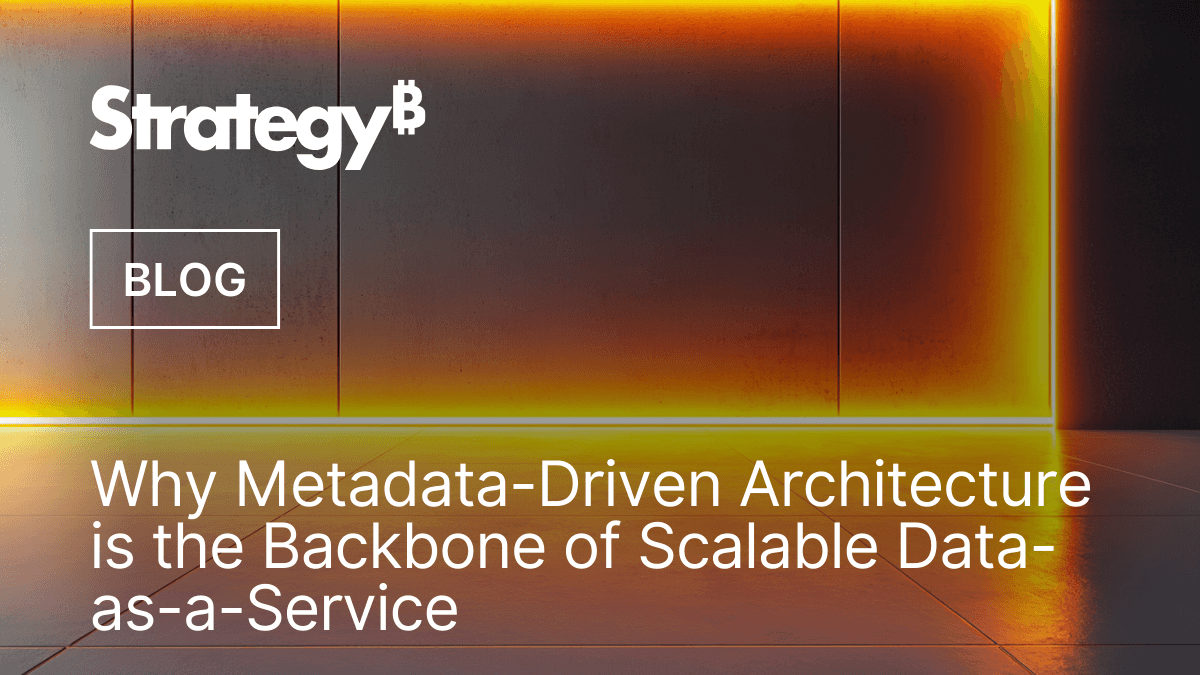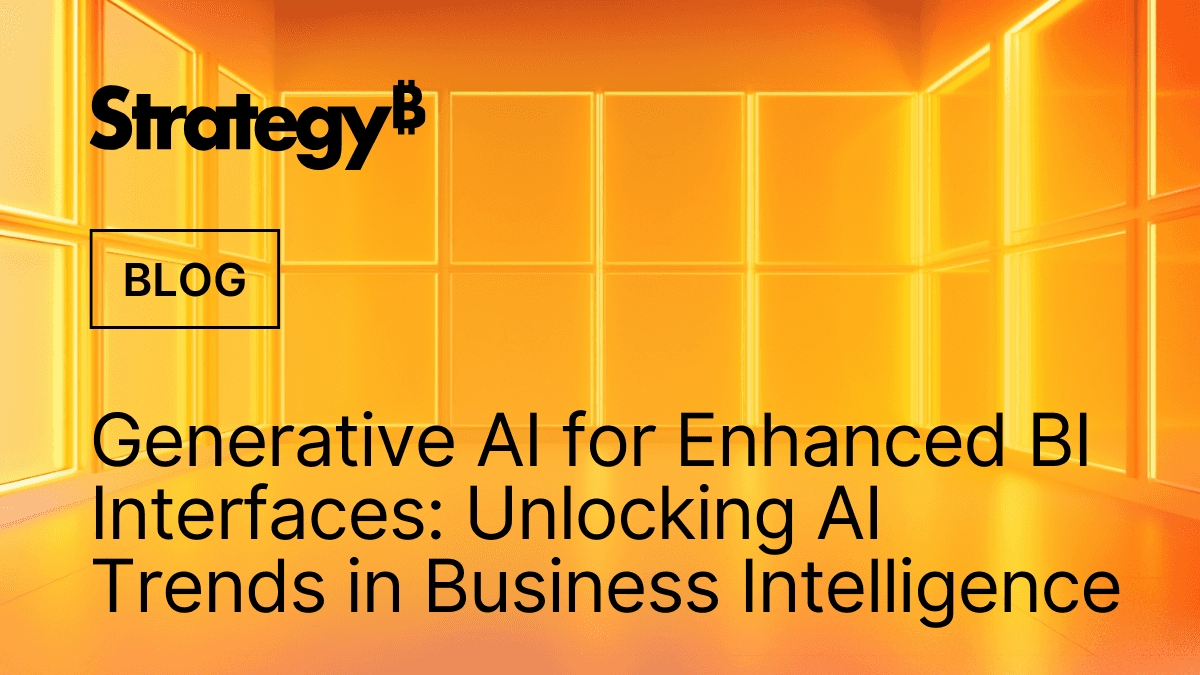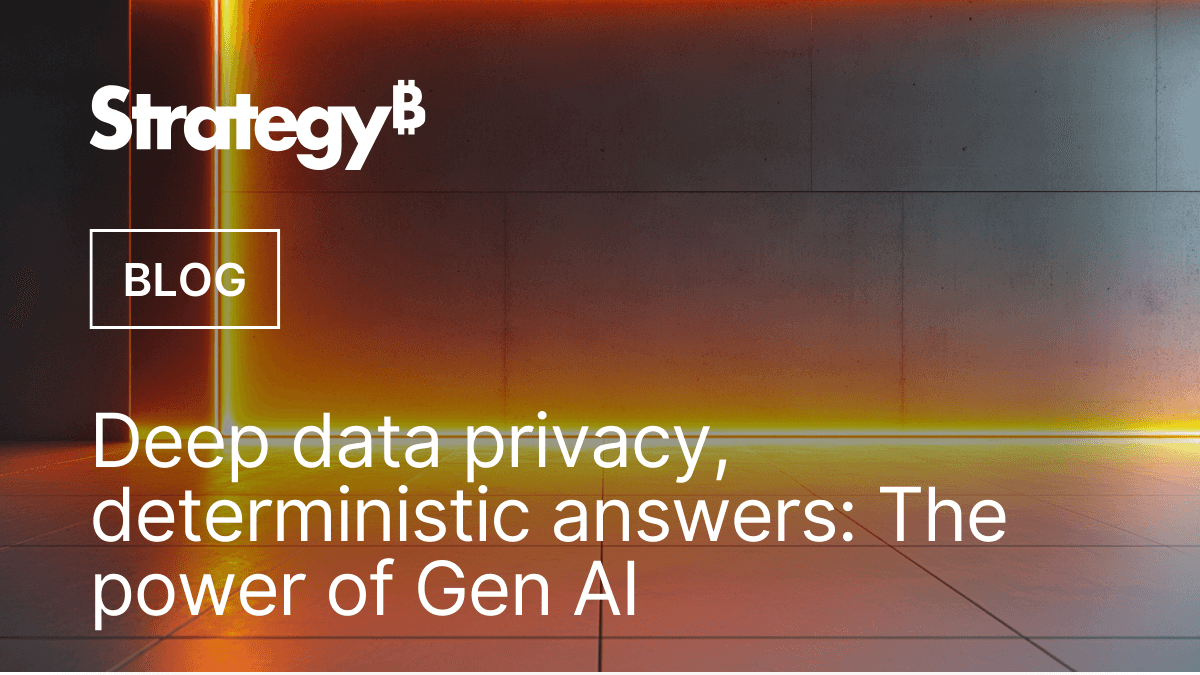Metadata-Driven DaaS: 3 Proven Strategies for Modern Data Teams
Data-as-a-Service (DaaS) is revolutionizing how organizations deliver insights—shifting from rigid, manual pipelines to dynamic, real-time data access. But as systems scale and data ecosystems become more complex, one thing becomes clear: you can’t scale DaaS without metadata.
In its recent report, “Next-Generation Data Fabrics Need A Metadata Strategy,” Forrester highlights that modern data environments are driven not just by data itself, but by the intelligence embedded in its metadata. As the report explains:
“Today’s data and data science approaches create an extensive semantic, logical, and physical footprint that platforms exploit to automate and scale intelligence.”
This means that metadata—long treated as a back-office function—has become the central nervous system of enterprise data strategy.
Become Metadata-Driven to Scale with DaaS
To unlock the full potential of DaaS, enterprises must evolve beyond traditional data integration and into metadata-driven architectures. These architectures enable headless, decoupled data delivery, improve portability and interoperability, and support real-time, context-aware access across users and systems.
Platforms are emerging to meet this demand, offering no-code/low-code environments, built-in metadata support and organizing metadata to optimize machine learning model deployment.
In short, metadata enables DaaS to work at scale—by making data discoverable, interpretable, and reusable in real time.
1. Follow New Use Cases to Capture Metadata in Context
Don’t wait to build a separate metadata strategy—let new data use cases drive it. Every data product, dashboard, or ML model you build creates metadata. The key is to capture it at the point of creation.
One global energy company embedded this approach into its model development process. By extracting metadata from existing algorithms and pipelines, they were able to reuse assets across multiple domains—saving time, reducing complexity, and improving consistency across models.
2. Scan Existing Environments to Populate Enterprise Knowledge
Modernization initiatives like BI replatforming or cloud migration are prime opportunities to harvest metadata at scale. Enterprise data catalogs now come equipped with scanning capabilities that pull in lineage, quality, and usage metadata across systems.
By scanning and cataloging existing assets, you accelerate discovery, improve governance, and enable self-service without starting from scratch.
3. Build for the Future with Metadata-Driven Emerging Tech
The technologies reshaping data—AI, edge computing, blockchain, and data mesh—all depend on metadata. From managing real-time decisions at the edge to aligning with standards like FIBO in financial services, metadata ensures consistency, traceability, and automation across distributed systems.
A global investor firm, for example, extracted metadata from its trading platforms to align with blockchain-based standards, enabling secure, standards-based data sharing at scale.
Your Data. Supercharged in 30 Days.
Start your free trial of Strategy One Standard—where AI meets BI to deliver fast, secure, enterprise-ready insights.
Get ready for faster innovation
DaaS is only as scalable as the metadata that powers it. By embedding metadata capture into everyday work, scanning what already exists, and preparing for what's next, data teams can unlock faster innovation, better governance, and smarter automation.
Read the full Forrester report “Next-Generation Data Fabrics Need A Metadata Strategy,” courtesy of Strategy.
Doubling down on metadata
At Strategy, we’ve embraced the belief that metadata isn’t just documentation — it’s dynamic intelligence that powers data discovery, integration, governance, and analytics. That’s the vision behind our Semantic Graph — a rich, interconnected representation of enterprise data that uses metadata to unify, interpret, and activate information across systems.
Built to scale in modern data fabrics, the Semantic Graph captures not just the what and where of data, but also the how and why: how data is structured and transformed, why it exists, and how it maps to business concepts and policies. This deep contextual understanding turns data into a truly reusable asset across domains, users, and use cases.
But we’re not stopping there. In 2025 and beyond, we’re doubling down on auto-enrichment — an intelligent capability in our new Auto model that automatically analyzes incoming data and generates metadata. Think of it as machine-assisted metadata discovery. By automating the enrichment process, we’re making it faster and easier to populate the Semantic Graph and reduce the manual lift on data teams.
This means:
Accelerated onboarding of new data sources
Improved data quality and governance from day one
Smarter discovery for analytics, AI, and automation
The Auto model represents a critical leap toward self-sustaining metadata ecosystems, where the system itself continually learns, enriches, and improves how data is connected and consumed.
As organizations scale their DaaS strategies, Strategy’s Semantic Graph — powered by auto-enrichment — offers a future-ready foundation that’s not just metadata-driven, but metadata-intelligent.







